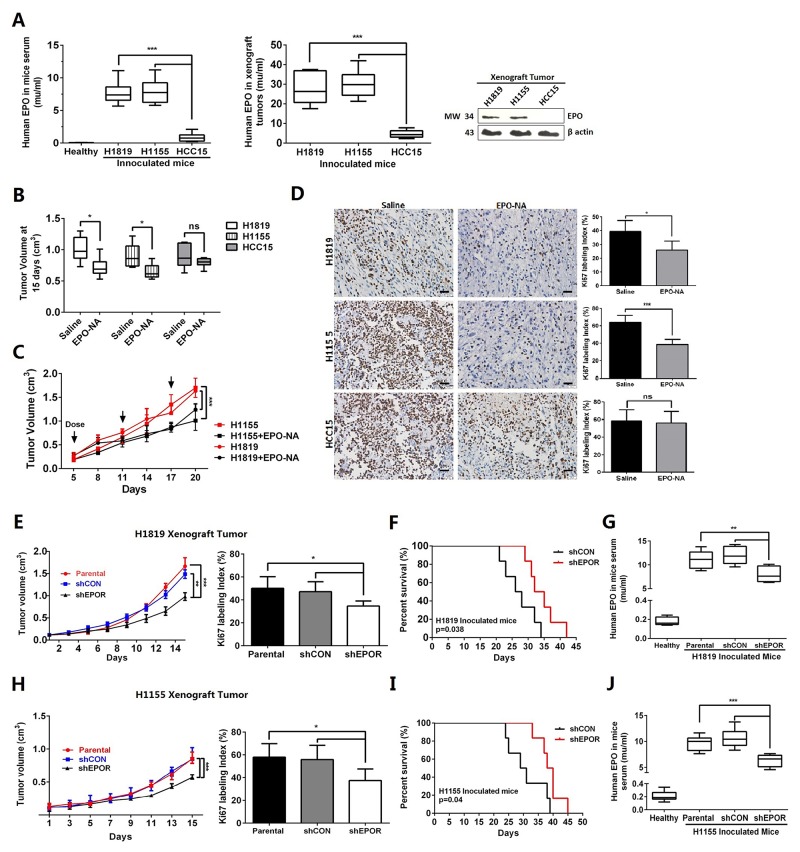Figure 4. EPO/EPOR inhibition suppressed proliferation of EPO addicted NSCLS cells in vivo.
(A) Significantly higher EPO levels were present in the sera and tumor masses of the H1819 and H1115 xenograft mice than those of HCC15. (B to D) Administration of EPO neutralizing antibody (EPO-NA) to xenograft tumor areas significantly reduced the final tumor volumes (B), delayed tumor growth (C), and decreased Ki67 labeling (D) in the H1819 and H1155 xenograft tumors. (E to J) In mice inoculated with stable EPOR-knockdown H1819 (H1819-shEPOR) or H1155 cells (H1155-shEPOR), the growth of the xenograft tumors were significantly delayed with reduced Ki67 labeling index at harvest (E and H). These mice also exhibited longer survival time (F and I). The H1819-shEPOR (G) and H1155-shEPOR (J) xenograft mice had significantly reduced human EPO in serum compared with the mice inoculated with corresponding parental tumor cells. Six mice were assigned to each treatment group. Bar=20μm; Mean±SD; ***, p≤0.001; **, p≤0.01; *, p≤0.05; ns, not significant.

